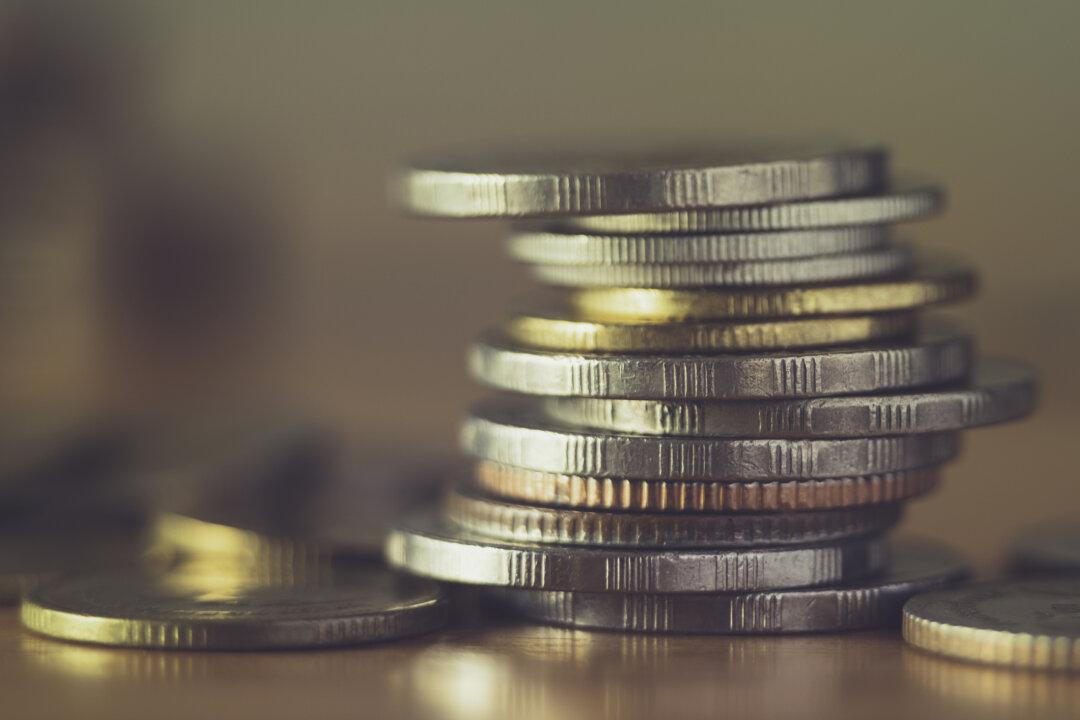Nellie S. Huang
Kiplinger’s Personal Finance
Now that bonds offer decent yields, investors have been barreling into fixed-income mutual and exchange-traded funds. But a bond fund’s yield is just one piece of the puzzle when you’re considering an investment in the fund.






